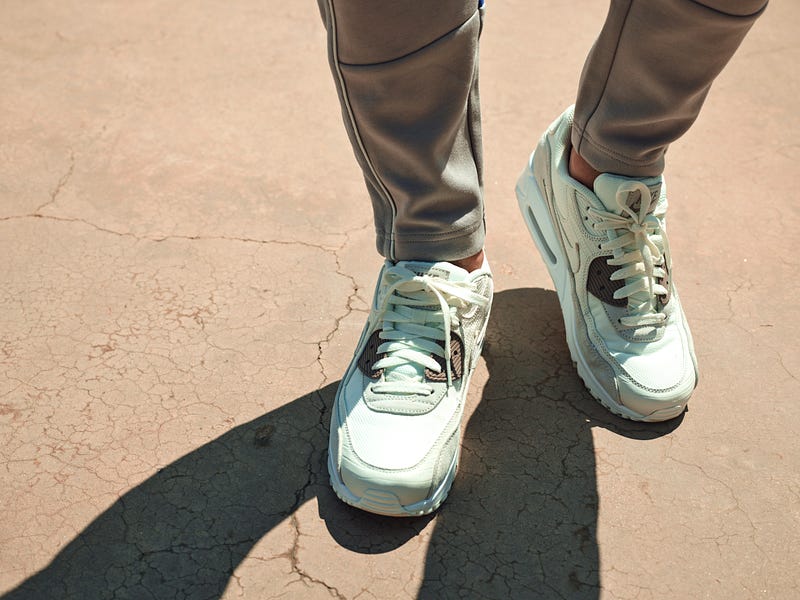To say that sneaker culture has taken the world by storm is an understatement. One only needs to observe the snake-like queues which form outside sporting outlets whenever a sneaker collection is announced or “dropped”.
It’s not just the rappers, musicians, models and Instagram starlets who regularly show off their extension collection of kicks. Our neighbors, parents, children and colleagues are wearing sneakers everywhere: to school, to the office, to boardroom meetings, to social gatherings.
It doesn’t take a rocket scientist to figure out why sneakers have taken over the world: they’re comfy, convenient, and allow for swift movement without being too harsh on your feet. Apart from ergonomics and aesthetics, sneakers have considerable political significance: from the Civil Rights Movement to the ’68 Olympics, sneakers have been synonymous with rebellion and resistance.
Stan Smith
Despite being nearly 60 years old, Adidas’ eponymous tennis shoe has managed to retain its cultural significance over the years. The signature white and green colour scheme is instantly recognizable not just to sneakerheads, but also to regular consumers of pop culture. The humble tennis sneaker has now become a cultural icon thanks to its deep-seated associated with street style and hip-hop.

When music stalwarts such as Pharrell and Li’l Wayne casually name-drop the shoe in their music, the ripple effect can be felt throughout the fashion and music industry. Major design houses such as Raf Simons and Gucci have come up with their own take the Adidas classic, which has been touted one of the most influential shoe of all time.
Converse

Named after the fame basketball player, Converse’s Chuck Taylors have long been the choice of footwear for skaters, athletes and punk rockstars. Originally introduced as the choice footwear for aspiring basketball players, Chuck Taylors have enjoyed an illustrious career in the public eye since its introduction in 1917.
The Forties, Fifties and Sixties were the Golden Age of Converse, where everyone, from pro athlete to broadway star (check out West Side Story, circa 1961) donned these comfortable kicks. Chuck Taylors enjoyed a grunge revival in the Nineties, thanks to Kurt Cobain. Presently managed by Nike, the versatility and durability of the Chuck Taylors have permanently cemented its place as a shoe for all occasions.
Nike Air Max

Few shoes have been able to match the virtuosity of the Nike Air Max. First released in 1987, the Air Max revolutionized the footwear industry by combining cutting-edge technology with sleek design. The shoe’s construction catered to both seasoned athletes and casual runners alike, with its voluminous build and cushioned soles. Designed by architect Tinker Hatfield in 1985, the Air Max series has produced many gems over the years: the Air Max 90, Air Max 95,, Air Max Plus, Air Max 360 and the VapourMax.
Puma

The Puma Suede occupies a central place in American politics, particularly in African-American socio-political and economic culture. These solid, sturdy kicks were the weapons of choice during the Summer Games of ’68, when record-breaking American athlete Tommie Smith took his place at the victory stand in black socks and a single Suede. Placing the shoe in his left hand, he raised his right fist to make a famous gesture synonymous with universal equality. Apart from this, the Puma Suede was responsible for introducing B-Boying and breakdancing culture to this world. Dancers favored this shoe over others, thanks to its thick rubber sole and spacious upper.
This article first appeared on THREAD, Zalora’s fashion, beauty, and lifestyle content portal.





